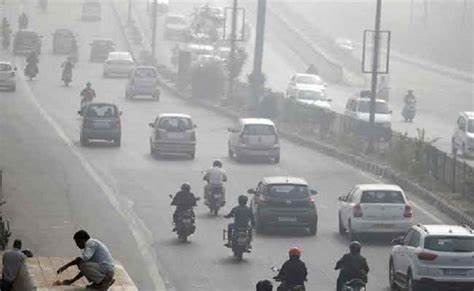

Delhi Pollution Odd Even: Tackling the Menace of Air Pollution
Delhi-NCR is currently experiencing the wrath of severe air pollution, with pollution levels steadily on the rise. The thick smog in the sky has made breathing difficult for the residents, leading to complaints of burning eyes and respiratory distress. In response to this environmental crisis, the Delhi government has decided to implement the odd-even rule once again. After a four-year hiatus, the reintroduction of this rule has raised questions about its effectiveness. Let’s delve into the details of the odd-even policy and its potential impact on curbing pollution.
Understanding Odd-Even
The odd-even policy, initially introduced in January 2016 by the government led by Chief Minister Arvind Kejriwal, involves allowing vehicles with registration numbers ending in odd digits to ply on the roads on certain days and vehicles with even-ending numbers on alternate days. In other words, cars with odd-numbered plates can be driven on “odd days,” and cars with even-numbered plates on “even days.” This policy will be implemented from November 13th to November 20th, 2023, marking the fourth time it will be enforced to combat pollution in Delhi.
Odd-Even Rules and Exceptions
The odd-even rule, during its previous implementations, exempted emergency and police vehicles, two-wheelers, cars driven by women, and those carrying schoolchildren. In the 2019 iteration, even more exceptions were added, including electric vehicles and two-wheelers. The policy aimed to reduce the number of vehicles on the road, especially those contributing to pollution.
Will Odd-Even Reduce Pollution?
Environmental experts argue that the odd-even policy, when implemented for a short duration, may not yield long-term benefits in combatting pollution. It may provide temporary relief from the escalating pollution levels, but it is not a sustainable solution. Jyoti Pandey Lavekar, an environmentalist, asserts, “We are choking in this toxic air. The year-round pollution levels are consistently high, and the odd-even policy just normalizes poor air quality. It’s a political move.”
She further explains, “When you lack a robust public transportation system and have insufficient electric buses, how can you effectively implement such a plan? We need at least 15,000 to 20,000 electric buses, similar to the Delhi Metro, with digital schedules at bus stops, so people can plan accordingly.”
Lessons from Past Implementations
In 2016, during the initial odd-even rule implementation, Delhi witnessed only a 2-3% reduction in pollution levels. Bhavreen Kandhari, an environmentalist, suggests that such measures should be enforced throughout the year, not just for a week. An IIT-Delhi study conducted during the 2016 implementation revealed that the odd-even rule led to only a marginal reduction in air pollution.
Conclusion
The odd-even policy is a short-term solution to address Delhi’s persistent air pollution problem. While it may provide temporary respite, it is essential to focus on long-term, sustainable measures to combat pollution. Strengthening public transportation, promoting electric vehicles, and consistently monitoring air quality are crucial steps in the right direction.
Don’t forget that improving air quality is not just the government’s responsibility; it’s a collective effort that requires the active participation of every citizen. By reducing our carbon footprint and making eco-friendly choices, we can contribute to a cleaner and healthier environment.
Read More: Punjab CM Bhagwant Mann Criticizes Rahul Gandhi and Navjot Sidhu's Leadership Aspirations

 Share
Share



